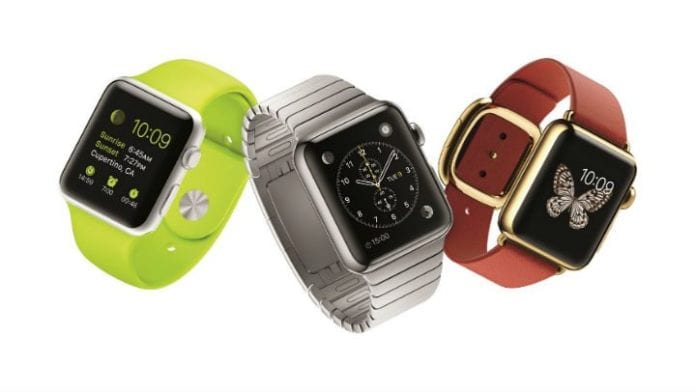How to manage mobility in a complex mobile world
Out of the gate, the Apple Watch was criticized as not actually doing much other than serving as a fashion accessory with some nifty configurations. Consumers and businesses alike felt that there weren’t that many practical applications – especially within an enterprise environment.
Apple’s model is to build a platform and let the market (developers) create the compelling content. With that in mind, Apple Watch is a platform. People can’t see the value yet because there are no more than a handful of apps available. Think back to when the iPhone and iPad were released. If there hadn’t been an explosion of third-party applications that followed, both would have been mildly interesting but ultimately commercial failures.
However, with companies like Salesforce.com getting on board and developing specific applications for the likes of the Apple Watch, incorporating these devices into enterprises’ wider mobile strategies could put some companies ahead of the curve.
So, what does this mean for employees, and how will companies manage the influx of new Apple devices like the Apple Watch within the workplace?
Apple Watch applications
I see a couple of things on the horizon where Apple Watch (and other wearables) will have real applications inside the enterprise.
As an employer with a rapidly growing employee base, one of our biggest overhead costs is providing them health insurance. It’s staggeringly expensive and has increased by an average of 12% every year since we founded the company in 2001.
One of Apple Watch’s capability differentiators is the ability to track and record health- and activity-related data. A scenario in which the Apple Watch, your enterprise mobility program, and health insurance all work together could very well be in our future.
Employees would have the option to participate in a corporate wellness program. The “program” could be as simple as walking for five minutes every hour of the workday or moderately exercising twice a week. If employees reach the target milestones set for them in a (yet to be built) corporate health app, they’d have the opportunity to save $50 per month on their health care premiums.
It’s inevitable – the marketplace will pressure insurance companies to lower rates for employees who are consistently participating in corporate-sponsored wellness programs. Prior to wearables like the Apple Watch, this data was unable to be tracked, captured and analyzed. Said in a different way; if our insurance company said they’d lower our premiums by 10% for every employee who consistently participated in such a program, it would seriously have my attention as an employer.
Another scenario: There’s an interesting “bleeding edge” company called Sociometric Solutions that is currently using RFID technology inside employee ID badges to analyze employee behaviors. More specifically, it is trying to measure the analytics of “collisions” – what happens when an IT guy meets a marketing guy at the coffee machine and they start a conversation. They use the analogy of the movie “Moneyball” – it was unheard of when Billy Beane started using statistical analytics to measure baseball players and now it’s the standard.
Measuring employee behavior inside an office setting can lead to numerous interesting insights (which departments to put proximate to others, the results of those collisions on innovation, etc.). Steve Jobs saw this vision years ago when he designed the Pixar headquarters by putting all the common spaces – rest rooms, break areas, coffee, etc. – in one centralized location that would encourage these types of collisions. Apple Watch is the perfect next-generation employee ID badge that could actually give insightful feedback on employee behavior.
The application possibilities are significant, and more importantly, they are close.
Why now?
A multitude of reasons can be listed for the increase in Apple use, with consumerization of technology and ease of use to name a few.
But even more so, the Apple and IBM partnership has resulted in a larger focus on enterprise efforts. Knowing Apple has big shoes to fill with BlackBerry’s secure infrastructure available through its BlackBerry Enterprise Server, mobile device managements are now vital to successfully and efficiently host Apple devices at the workplace.
But let’s focus on what it means for today’s workplace.
With more and more Apple mobile devices present in the workplace, enterprises have been challenged on using the right MDM software to ensure the information and access to systems is secure. Migration away from BlackBerry or Android to an Apple device – including Apple Watch, which will soon enter the enterprise – while concurrently implementing an MDM is something managed mobility service providers should be equipped to handle.
Is Apple taking over in enterprise mobility? That is hard to say, but it is giving large wireless players, such as Samsung, a run for their money. Apple is more than a stone’s throw ahead of the pack (specifically in the U.S. as Samsung is leading the way in European and Asian countries) since Apple can host a variety of MDMs, ultimately giving clients more flexibility.
Editor’s Note: In an attempt to broaden our interaction with our readers we have created this Reader Forum for those with something meaningful to say to the wireless industry. We want to keep this as open as possible, but we maintain some editorial control to keep it free of commercials or attacks. Please send along submissions for this section to our editors at: [email protected].


